As India slept, its Armed Forces carried out a one-of-a-kind military strike, targeting 21 terror camps in Pakistan and Pakistan-occupied Kashmir in an operation dubbed ‘Operation Sindoor’. The Army, Navy and Air Force conducted ‘precision and coordinated’ strikes on terror infrastructure linked to three major terror outfits — Maulana Masood Azhar’s Jaish-e-Mohammed (JeM), Hafiz Saeed’s Lashkar-e-Taiba (LeT), and Syed Salahuddin’s Hizbul Mujahideen (HM).
Among the 21 sites targeted was the Markaz Subhan Allah camp in Pakistan’s Bahawalpur. Visuals from the strike reveal the damaged Jamia Masjid inside the Subhan Allah camp, which showed heaps of debris lying all around and a gaping hole in its roof.
Catch live updates from Operation Sindoor here
But why did India choose Bahawalpur as one the locations for Operation Sindoor? It all links back to JeM chief Masood Azhar, one of India’s most dreaded terrorists. We explain.
All about Bahawalpur
A city in the southeastern Punjab province of Pakistan, Bahawalpur was founded in 1748 by Muḥammad Bahawal Khan and ruled by the Nawabs of Bahawalpur until 1955. It is also associated with the Second Sikh War of 1848, and the two World Wars for providing forces and resources to the British. It also has a rich cultural heritage and presently has an economy largely based on agriculture and handicrafts.
Today, it is Pakistan’s 12th largest city, with the 2017 Pakistan census revealing that over 762,111 people reside there.
In August 1988, it became a city that everyone knew of when General Zia ul-Haq, then president of Pakistan, died in an air crash after departing from its airport.
Bahawalpur and its JeM connection
But why did India select Bahawalpur to be one of the targets in Operation Sindoor? It’s because the city serves as the nerve centre of Jaish-e-Mohammed and is, in fact, where JeM chief Masood Azhar was born and where his family lives even today.
Following Operation Sindoor, JeM chief, who was arrested in India in 1994 and released after the Air India IC 814 hijack, claimed that 10 members of his family — including his elder sister, her husband, a nephew and his wife, a niece, and five children from the extended family — and four of his aides were killed.
“Ten members of my family were blessed with this happiness together tonight… five are innocent children, my elder sister, her honourable husband. My scholar Fazil bhanje (nephew) and his wife and my beloved scholar Fazilah (bhanji) … my dear brother Huzaifah and his mother. Two more dear companions,” he said, saying that those killed have become the guests of Allah.
Moreover, the JeM’s headquarters, Markaz Subhan Allah, is also located in Bahawalpur. Operational since 2015, it is spread over 15 acres and serves as JeM’s hub for recruitment, fundraising, and indoctrination. Intel reveals that the facility features a central mosque, a madrassa for over 600 students, a gymnasium, a swimming pool, and stables.
The training of JeM recruits also occurs here; in fact, the perpetrators of the Pulwama attack in 2019 — wherein 40 Central Reserve Police Force were killed — were trained at this site.
Besides training, the Bahawalpur camp also houses important JeM functionaries such as Mufti Abdul Rauf Asghar, and Maulana Ammar.
Notably, the terror camp is located just a few miles away from Pakistan’s 31 Corps military cantonment, which, defence experts suggest, is clear evidence of the Inter-Services Intelligence (ISI’s) support for the group.
JeM’s terror trail in India
Since its inception, the Masood Azhar-led JeM has carried out innumerable attacks on India. In October 2001, the terror group was responsible for a suicide bombing at the Jammu and Kashmir legislative assembly in Srinagar, which killed 30 people.
In the same year, the JeM along with Lashkar terrorists launched a combined attack on the Indian Parliament in New Delhi, killing 14 people, including eight security personnel. This attack led to a major military standoff between India and Pakistan in 2001.
Years later, in 2016, JeM once again struck when it attacked the Pathankot airbase, killing six people. The JeM was also responsible for the 2016 Uri attack in which 17 Army personnel were killed; and the 2019 Pulwama attack, which killed over 40 CRPF personnel.
With inputs from agencies


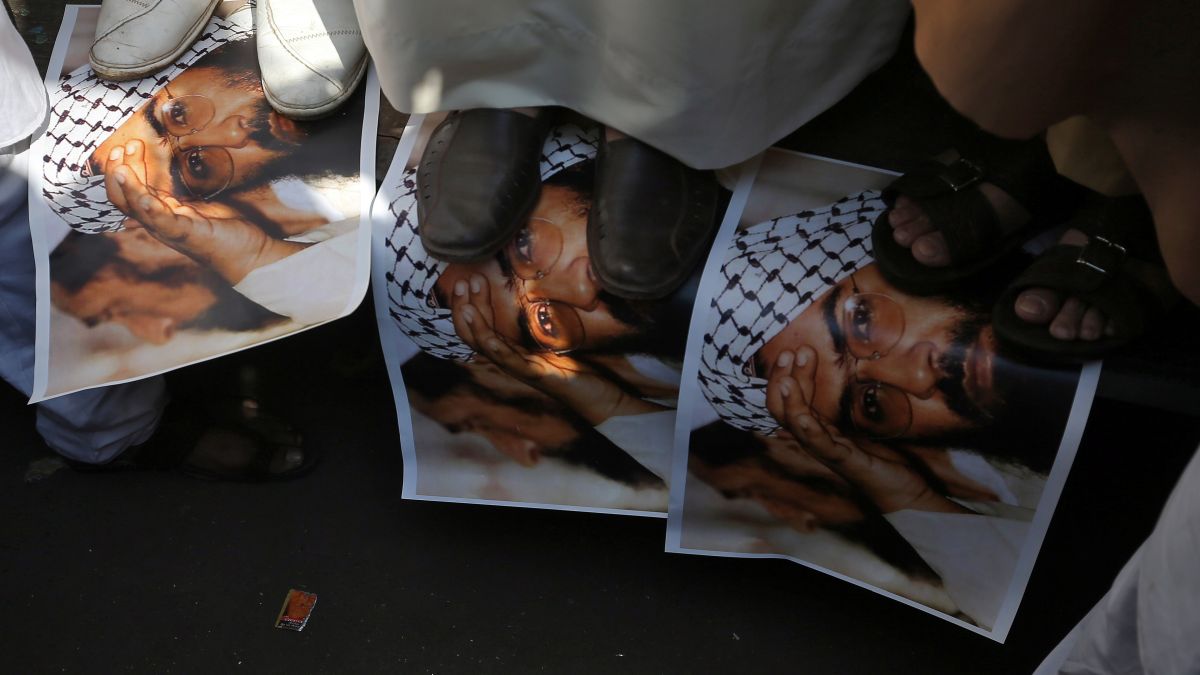)
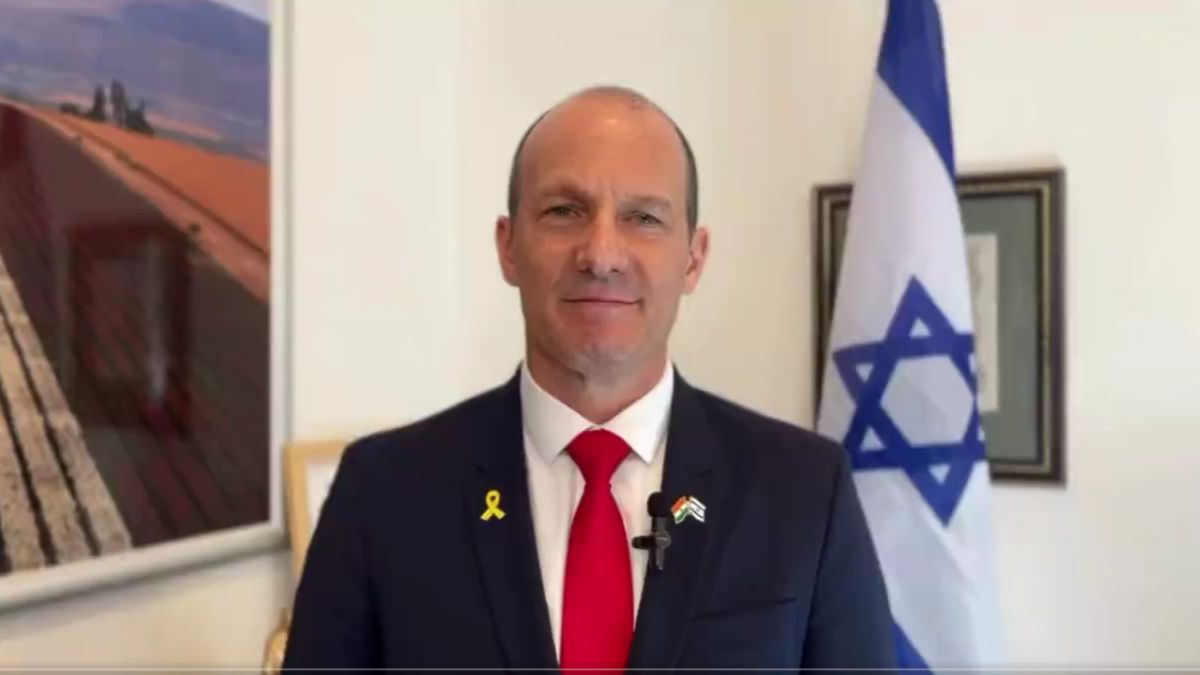)
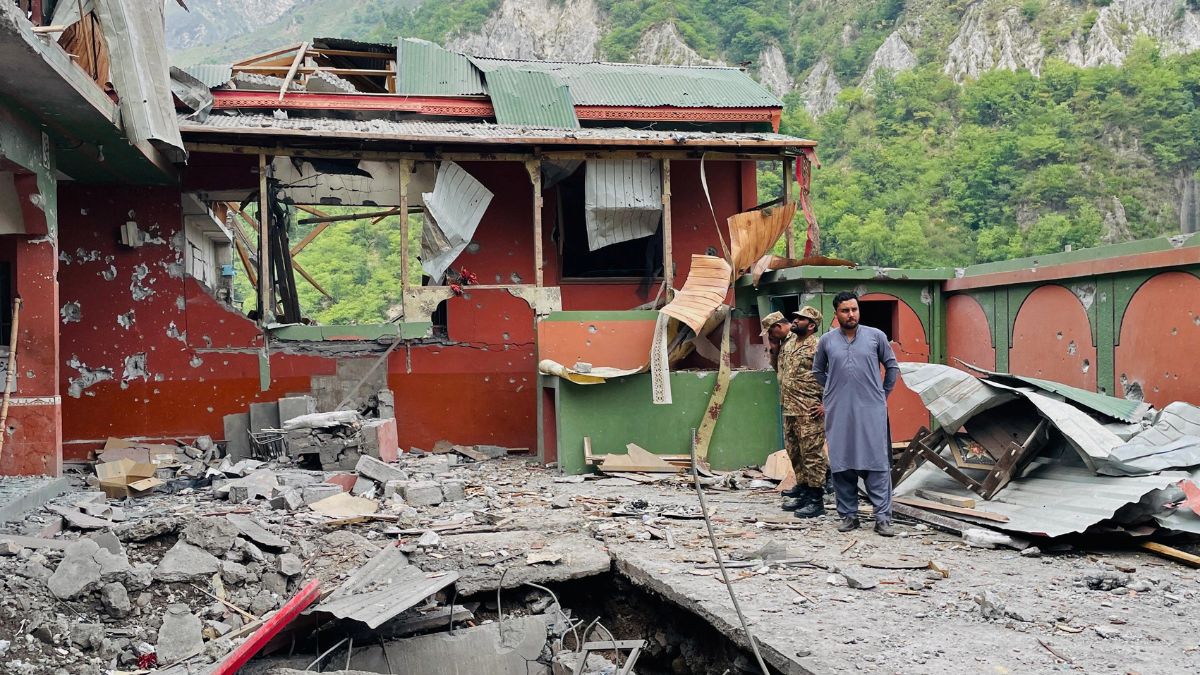)
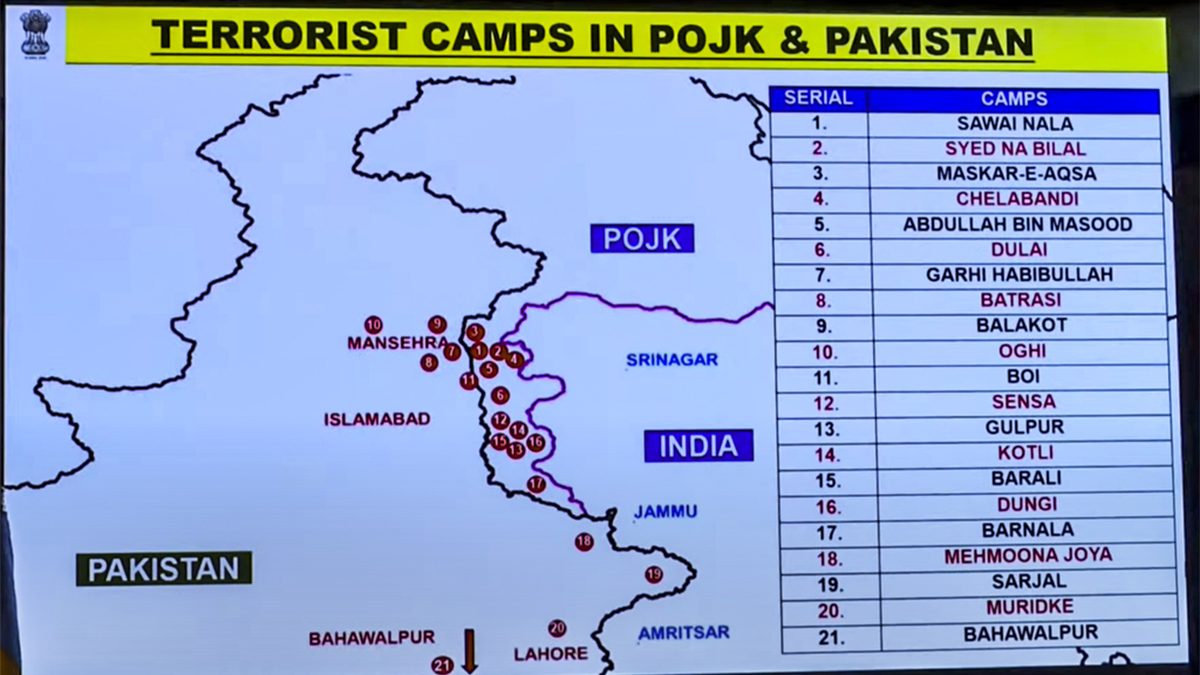)
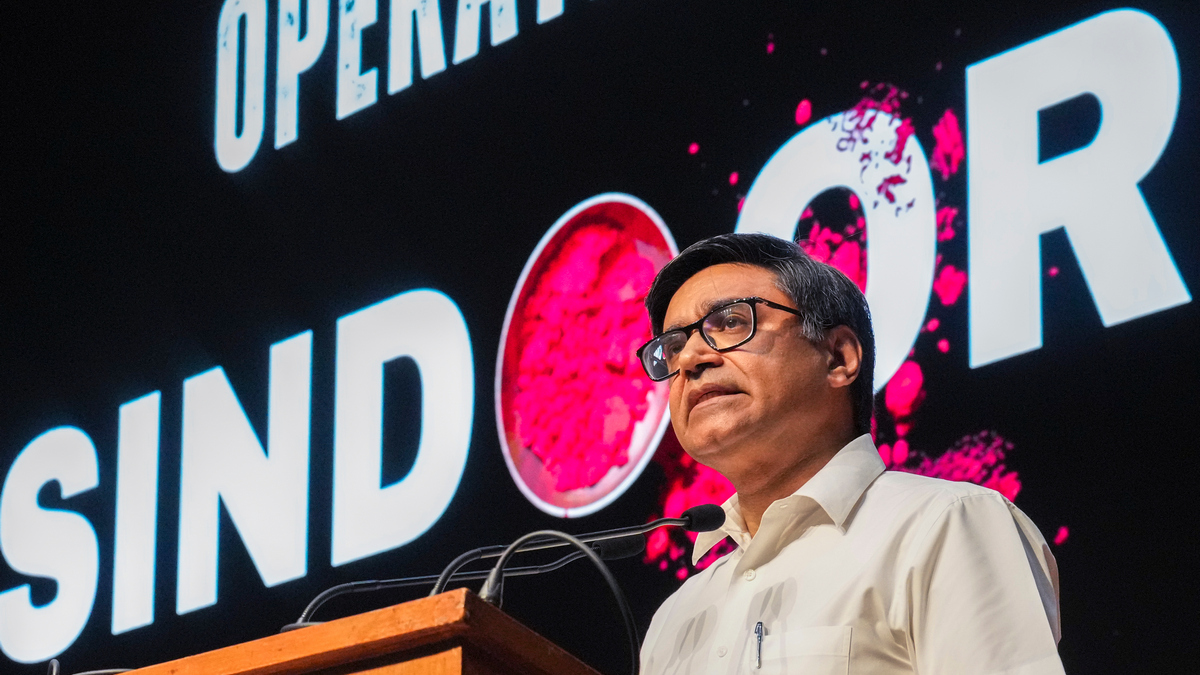)
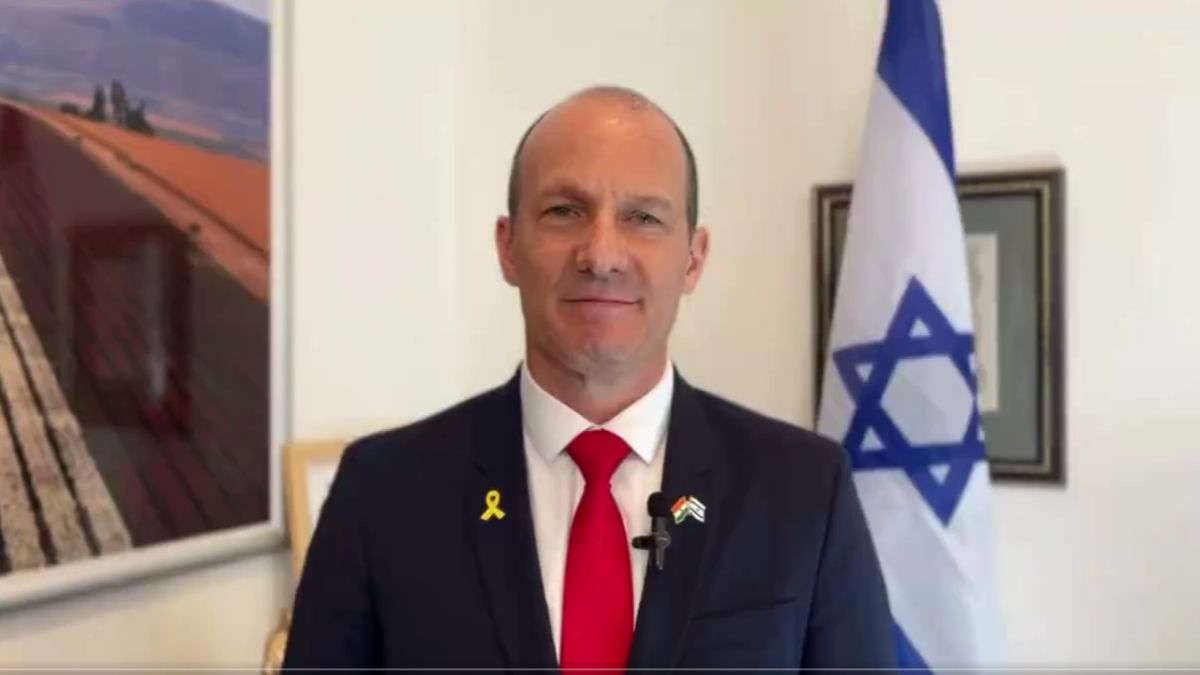)
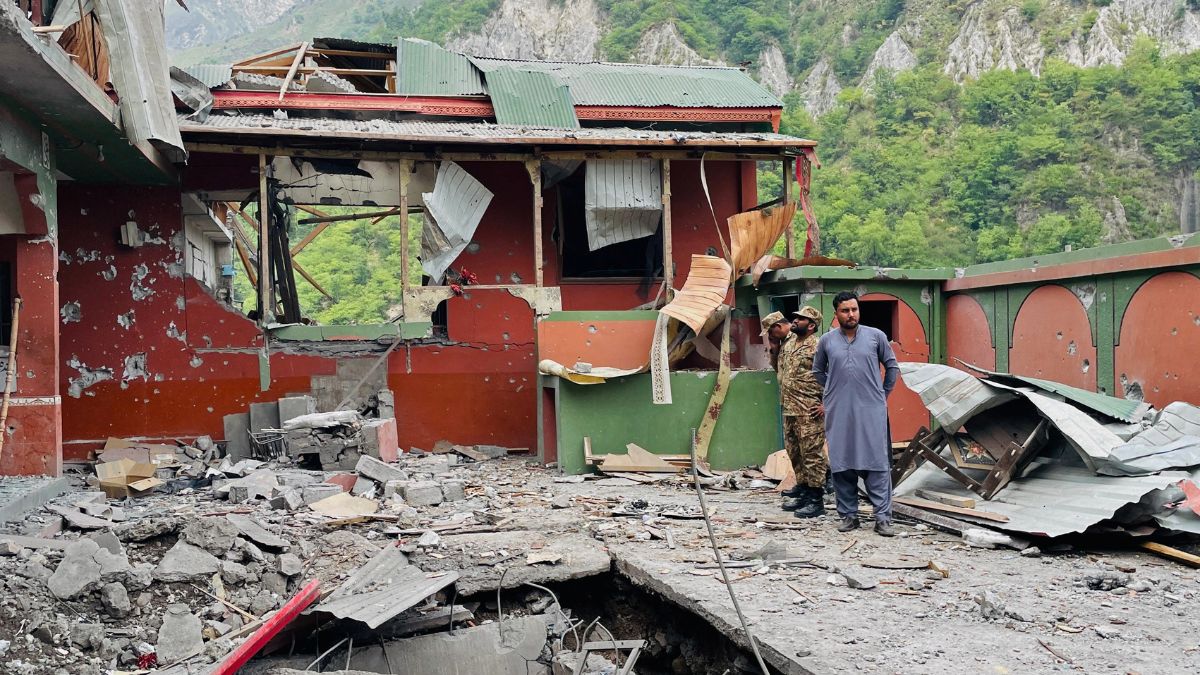)
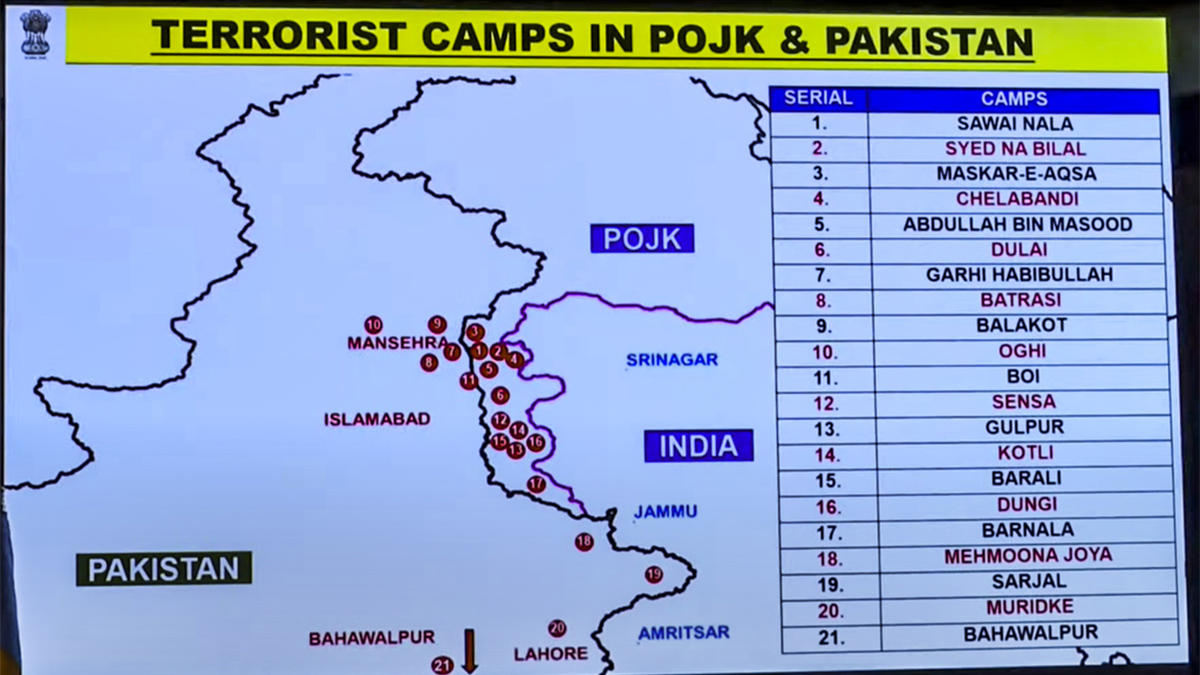)
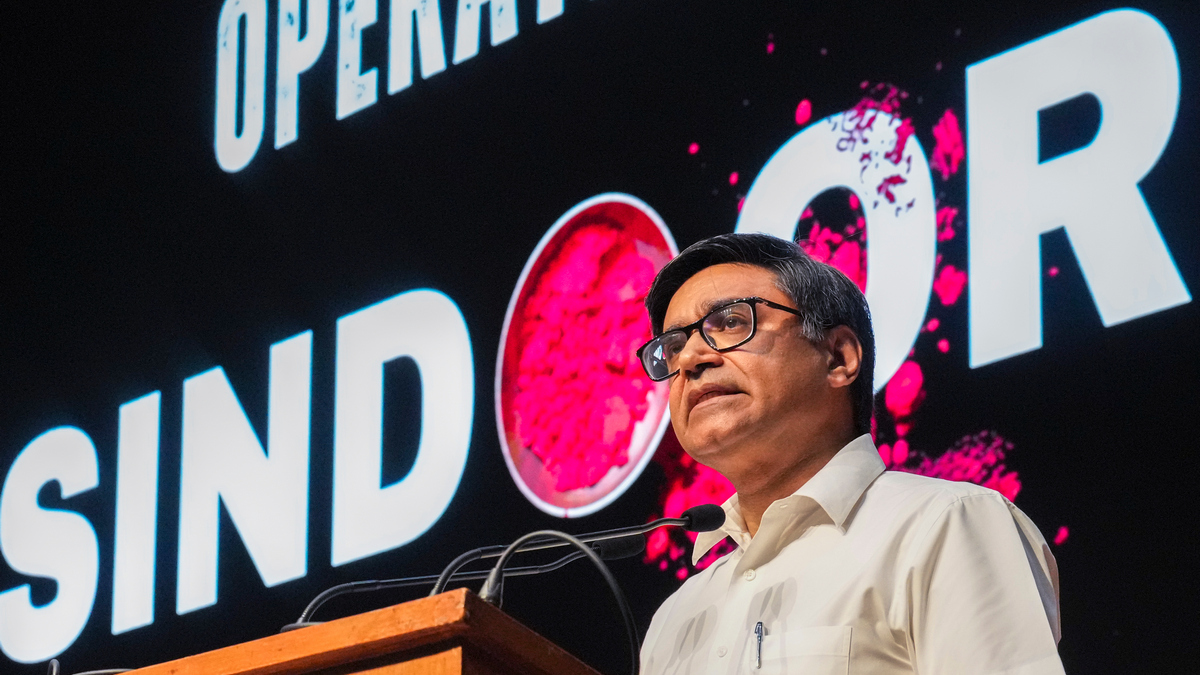)